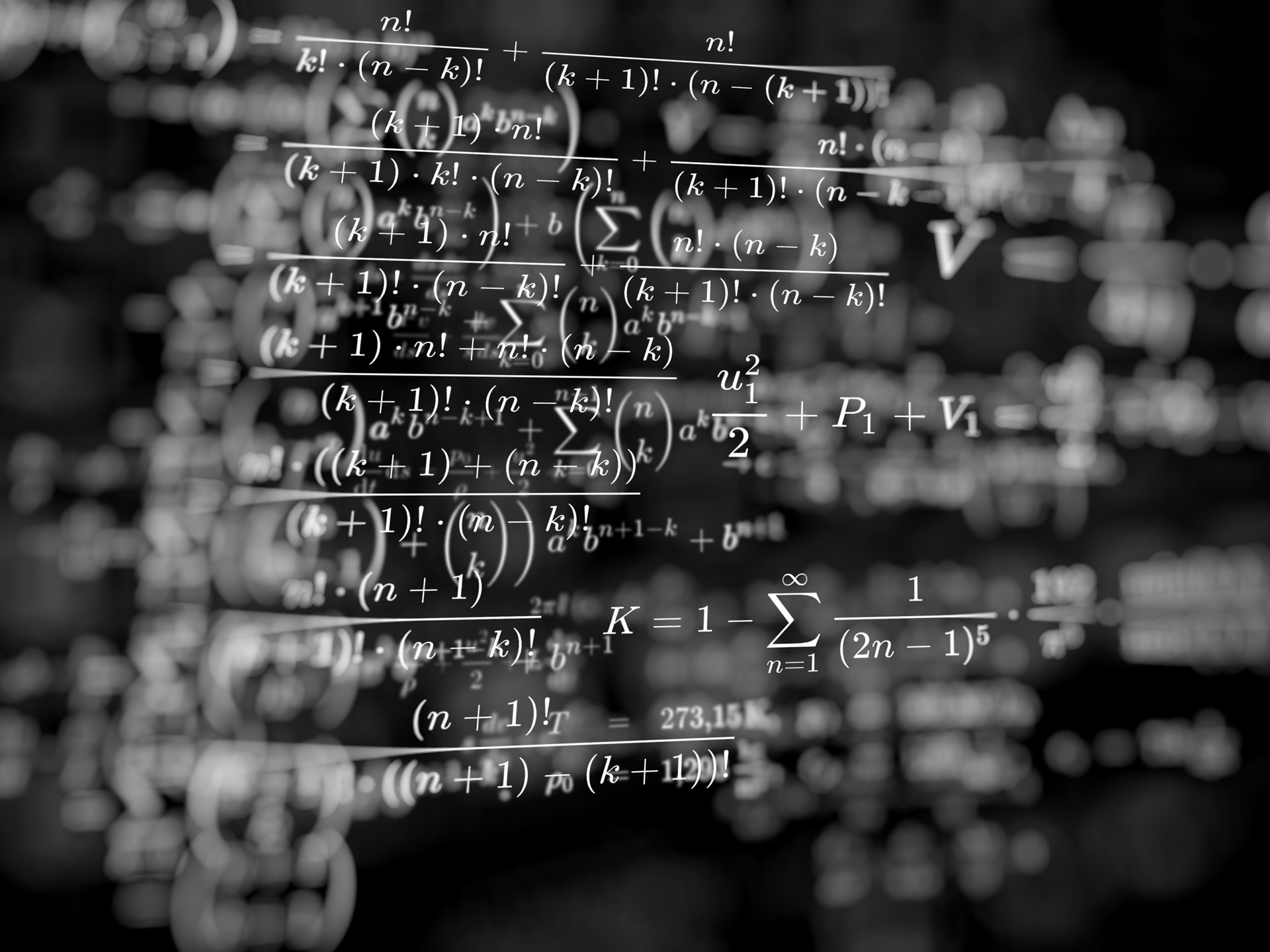Like guitar and violin strings, tiny loops of string vibrate in different ways when open or closed strings vibrate – producing different particles such as photons and quarks as they do so.
Furthermore, they can break apart and come back together, which is evidenced by their worldsheet that appears as two pipes connected by a torus shape.
1. Unifying Particle Physics
Since ancient times, physicists have strived to unify all forces of nature like /h3xqzgxoc5q into one framework. Isaac Newton found an intersection between gravity and planet-moon motions and electricity/magnetics phenomena; James Clerk Maxwell found similar overlap; while Albert Einstein spent much of his later life working on unification theory that included gravity.
To achieve this goal, physicists have sought a means of unifying general relativity and quantum field theory through string theory’s incorporation of additional dimensions into spacetime.
Vibrational patterns within extra dimensions define particle properties such as mass and electric charge; these form part of the Standard Model that enumerates all known matter and force carrier particles found within our universe.
Physical scientists believe that in order to fully describe the Standard Model, at least 10 additional dimensions are necessary. While their exact shape remains undetermined, some speculate they could take one of several complex shapes known as Calabi-Yau configurations.
2. Physicists Have a New Theory for Gravity
Gravitational waves resulting from the 2017 merger of two neutron stars confirmed Einstein’s theory of gravity as it modifies spacetime. Yet physicists want to understand this transformation at its most fundamental levels.
One possibility lies in altering the force of gravity itself; this could allow it to act both attractively and repulsively at various distances; acting like a Chameleon.
Researchers have developed various means of altering gravity. Verlinde’s theory of “entropic gravity,” for instance, offers one possible means. Entropic gravity explains galaxy rotation curves without needing to invoke dark matter directly; rather, gravity emerges from changes in fundamental bits of information stored within space-time structure itself – this theory claims it explains why galaxies rotate differently than expected from their mass alone and why light passing by galaxy also deflects according to classical physics and Einstein’s general relativity theory.
3. It’s the Future of Physics
Once string theory had reigned for years, its predictions began to diverge sharply with experimental data, prompting many physicists to question if they had taken an incorrect route down an endless rabbit hole.
Rather than give up, physicists are working on modifications that might save their theory. One such modification assumes the universe contains extra dimensions beyond what we can observe, with their shapes determined through experiments.
The success of this effort depends on how the P5 panel evaluates its proposals later this summer. Based on that evaluation, they will make their recommendation to the High-Energy Physics Advisory Panel which, in turn, submits it for approval to both Department of Energy and National Science Foundation, which have access to billions in funding for particle physics research – ultimately dictating string theory’s fate as we know it today.
4. It’s a Beautiful Theory
Physical scientists have found physicists’ favorite theory to be exquisitely beautiful on its surface; it explains everything from gravity and black holes with just one equation. But its true charm lies beyond this facade; this theory has already provided a framework for large experiments designed to test its claims in some of the harshest physical environments in existence.
But the idea of judging scientific theories by their aesthetic appeal may make some physicists uneasy. After all, shouldn’t experimentation and nature itself be what determines what’s true in science?
Brickhouse-Bryson addresses this concern in Chapters 3 and 4. He proposes two well-established methods of theory evaluation which, according to him, assess a theory based on its beauty. One involves an iterative process in which principles, judgments, background theories used to evaluate a theory are adjusted until coherence is reached; another method involves choosing between competing theories by selecting the simpler.
